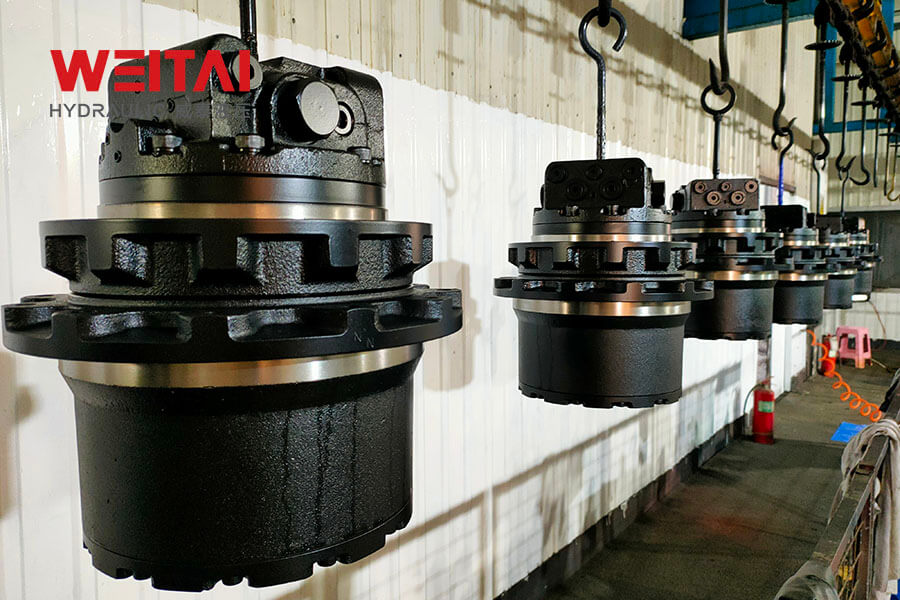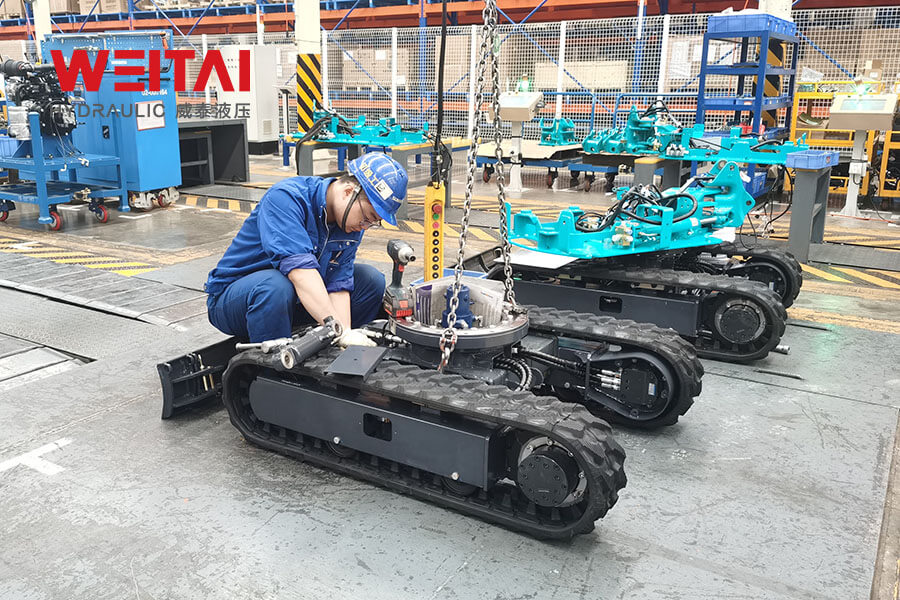A final drive, in the context of vehicles, refers to the mechanism that transfers power from the transmission or gearbox to the wheels. It is the last component in the drivetrain before power is delivered to the wheels to propel the vehicle forward or backward. The final drive is responsible for transmitting torque from the engine or motor to the wheels, allowing the vehicle to move.

What Is a Final Drive?
The final drive typically consists of a combination of gears, chains, or other mechanisms that help to achieve the desired speed and torque output while also providing the necessary gear reduction to match the engine’s power output to the wheels’ rotational speed. The final drive may also incorporate a differential, which allows the wheels to rotate at different speeds when turning corners while still receiving power from the drivetrain.
Three Types of Final Drive
The three types of final drive typically refer to the mechanisms used in vehicles to transmit power from the gearbox or transmission to the wheels.
Direct Drive
Description: Direct drive systems, also known as in-wheel motor systems, utilize electric motors integrated within or directly adjacent to the wheels. These motors deliver power directly to the wheels without the need for a transmission or other intermediate components.
Advantages: Direct drive systems offer simplicity and efficiency since they eliminate the need for complex gearboxes and transmission systems. They also provide instant torque, resulting in responsive acceleration. Additionally, they reduce energy losses associated with traditional drivetrains.
Applications: Direct drive systems are commonly employed in electric vehicles (EVs) and hybrid electric vehicles (HEVs). Their compact design and high torque output make them suitable for a wide range of automotive applications, from passenger cars to commercial vehicles.
Chain Drive
Description: Chain drives utilize a roller chain, sprockets, and tensioners to transmit power from the transmission to the wheels. The chain wraps around the sprockets, transferring torque and enabling motion.
Advantages: Chain drives offer simplicity, durability, and flexibility. They are capable of handling high torque loads and are relatively easy to maintain and repair. Additionally, they allow for variations in gear ratios by using sprockets of different sizes.
Applications: Chain drives are commonly found in motorcycles, bicycles, off-road vehicles, and some smaller recreational vehicles. Their robust construction and ability to accommodate varying terrain make them well-suited for these applications.
Gear Drive
Description: Gear drives use a set of gears, typically consisting of a pinion gear and one or more differential gears, to transmit power from the transmission to the wheels. The gears mesh together to transfer torque and enable motion.
Advantages: Gear drives provide precise control over speed and torque by offering different gear ratios. They are durable, efficient, and capable of handling a wide range of loads. Additionally, they offer better power transmission efficiency compared to some other drive systems.
Applications: Gear drives are the most common type of final drive found in automobiles, trucks, SUVs, and many other vehicles. Their versatility and reliability make them well-suited for a wide range of on-road and off-road applications.

Conclusion
In summary, the final drive is a critical component of a vehicle’s drivetrain, responsible for transmitting power from the engine or motor to the wheels, thereby enabling the vehicle to move efficiently and effectively.
Post time: Apr-28-2024
